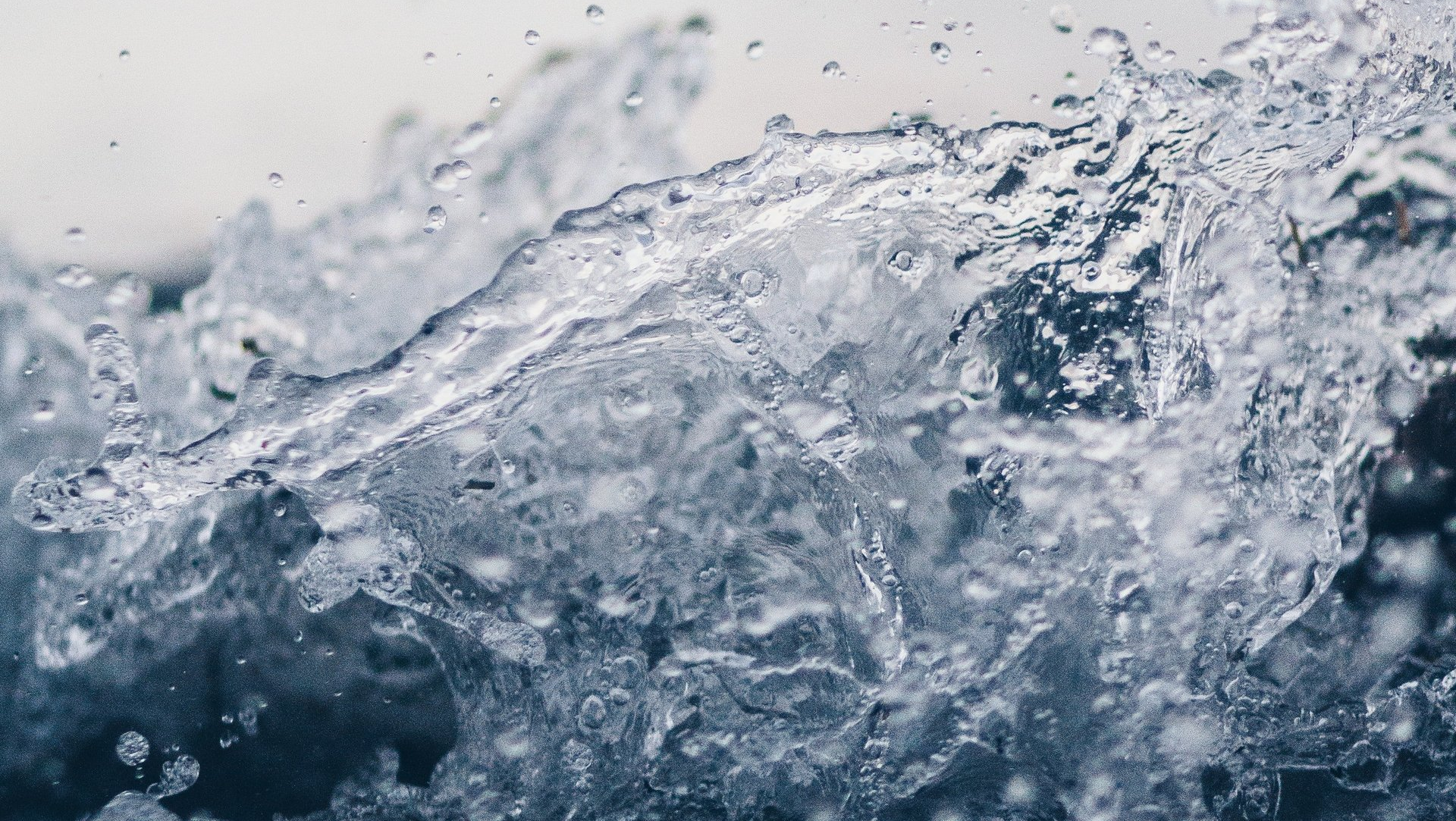Sand Filtration: Advantages, Disadvantages And How Does It Work
Sand filtration is a technique that is used in water treatment and makes use of the porous nature of sand to trap various components. The techniques is often used in combination with other filtration techniques like activated carbon. In this blogwe will discuss the basics of rapid and slow sand filtration. We will go through the following subjects;
- What is a sand filter?
- How does sand filtration work?
- What are the differencesbetween rapid and slow sand filtration?
- What are the advantages of sand filtration?
- What are the disadvantages of sand filtration?
- What can actually be removed with sand filtration?
USE OUR PURIFICATION TECHNIQUES SELECTION TOOL TO LEARN MORE ABOUT VARIOUS TECHNIQUES, CLICK HERE
What is a sand filter?
A sand filter is, as one would expect with this name, a filter that is filled with sand. Sand of different particle sizes is contained in a sand filterand at the bottom of a sand filter is a porous double bottom (collector). You can have sand filters ranging from very large tosmall, this is depending on the flow rate of liquid (usually water). The sand is often in a steel, plastic or concrete filter.
How does sand filtration work?
A sand filterworks in a way that the water flows from top to bottom through a sand bed, sand of a certain particle size is used. Theparticle size of the sand depends on what people want to remove from the water, it is often seen that different layers are used withdifferent particle size to remove various floating particles. In the sand bed is a porous layer that ensures the operation of the filter. Various physical and biological process can also take place in a sand filter that causes removal of even more components. The removed particleswill accumulate in the upper layer of a sand filter and after expiration oftime, more pressure will be needed to get the water through the sand filter.In order to prevent a filter from becoming clogged, one will after a while backwash the sand filter, whereby the removed particles are flushed out and the filter can be used again. Thisback-washing is done by reversing the flow direction of the water.
What are the differences between rapid and slow sand filtration?
The difference between fast and slow sand filtration is that with a slow sand filter,in addition to the mechanical method of removal, also biologically organic material is broken down, this is because there is a biomass in the filter. You cannot backwash a slow sand filter because you then remove the biomass from the filter and then it loses its biological effect.
What are the advantages of a sand filter?
- Various floating particles can be removed
- Deferrisation, demagnisation and ammonia can be removed
- Reduction of protozoa and bacteria
- Easy to operate and low maintenance requirements
- Effective removal and long lifetime
What are the disadvantages of a sand filter?
- Disposed water must be treated (extra costs)
- Not very effective against viruses
- Filters canclog (major disadvantage with slow sand filtration)
- Fine dust in waterwhich is too small to be remove
- Height weight of the filters makes transport difficult
What can be removed with sand filtration?
Sand filtration can remove the following; solid particles, sludge, insects, seeds, precipitated iron and manganese particles and due to physical and biological process in the filter various protozoa and bacteria can also be reduced in numbers. This is removed from, for example, surface water, cooling water, waste water, process water, swimming pool water and drinking water.
In this blog we discussed the basics of sand filtration (fast and slow sand filtration). We discussed the following points, what is sand filtration and how does it work, what are the differences between fast and slow sand filtration, what are the advantages and disadvantages of a sand filter and what can actually be removed with a sand filter. Also read our other and future blogs about various purification techniques.





